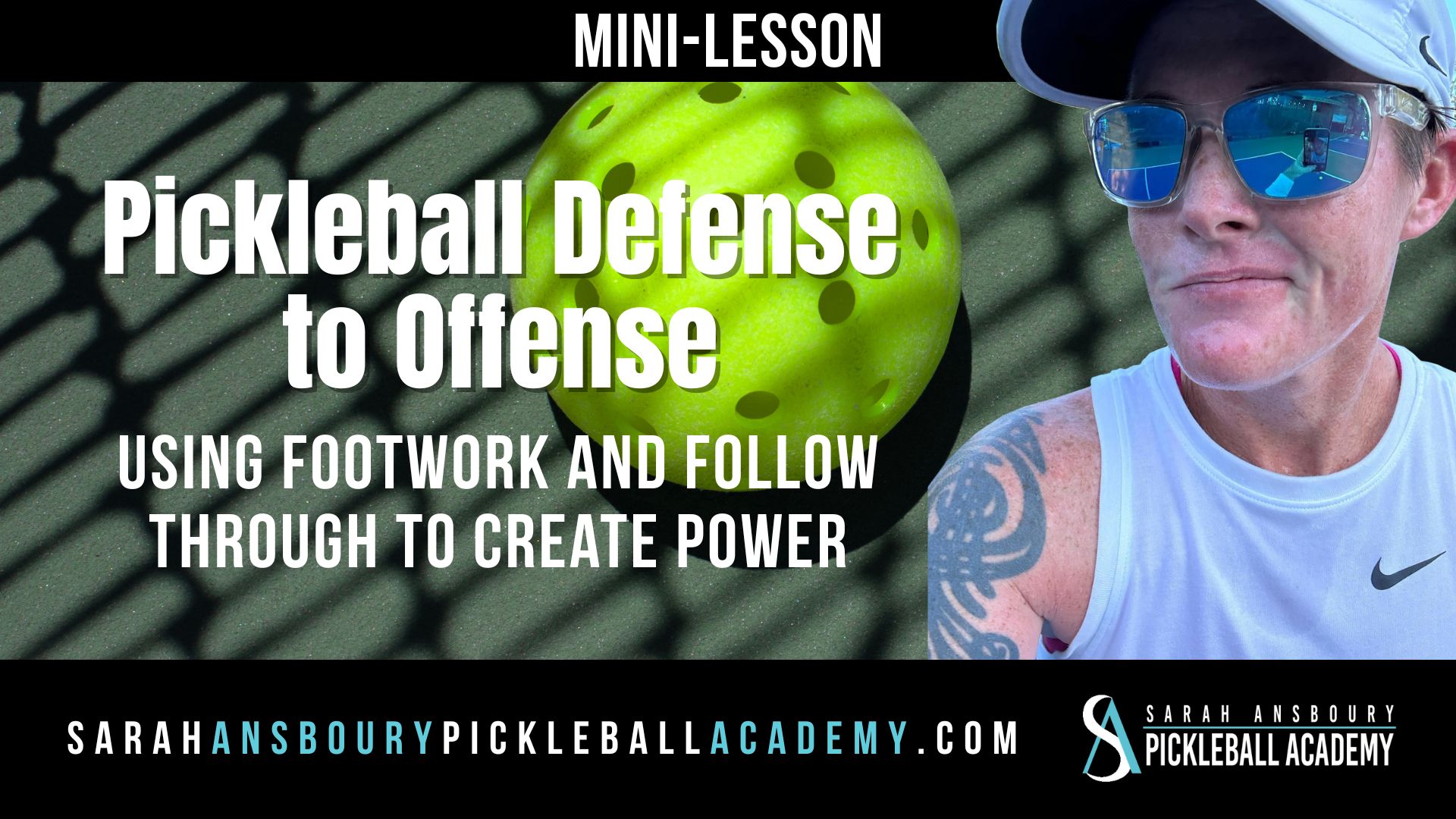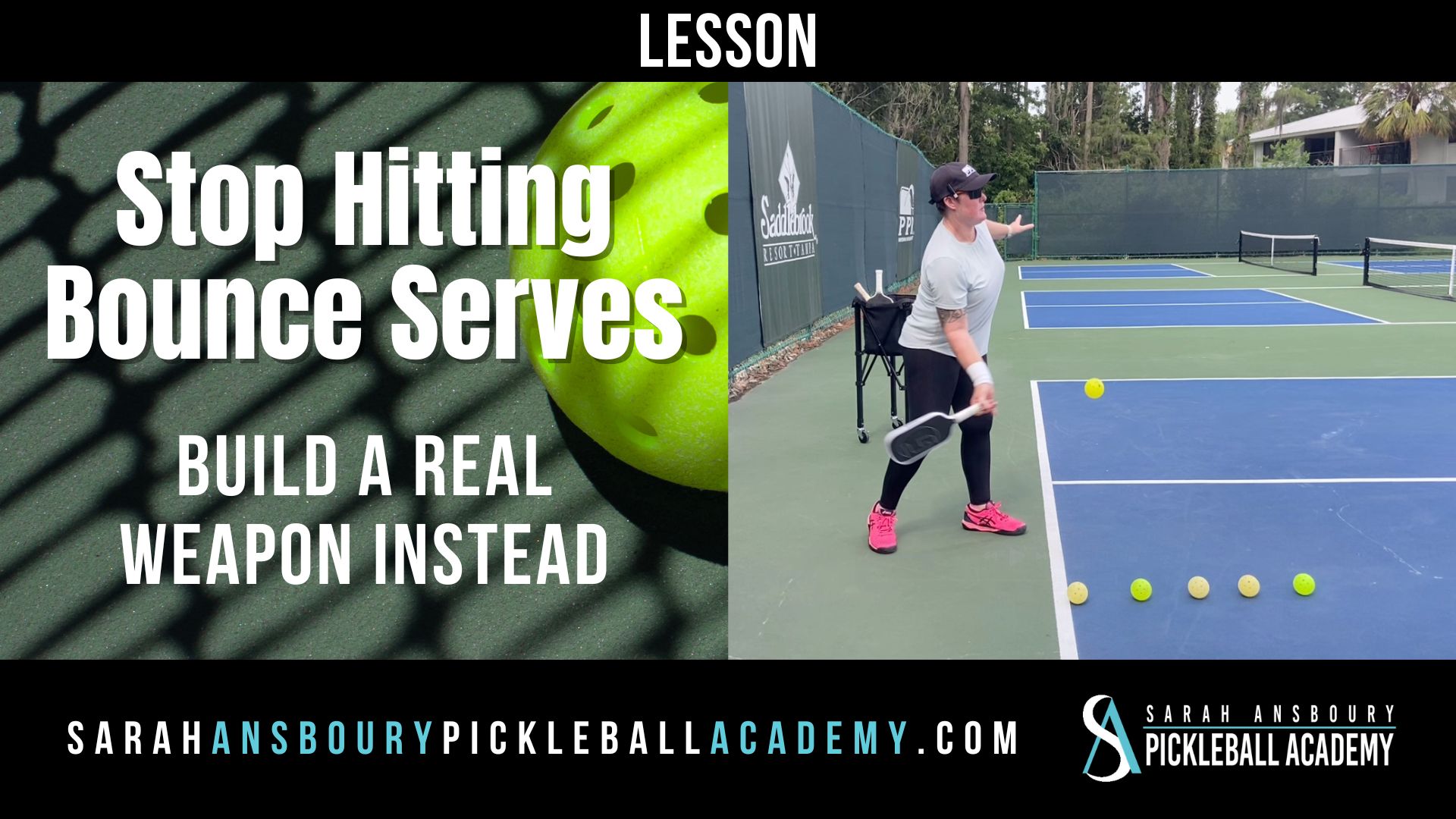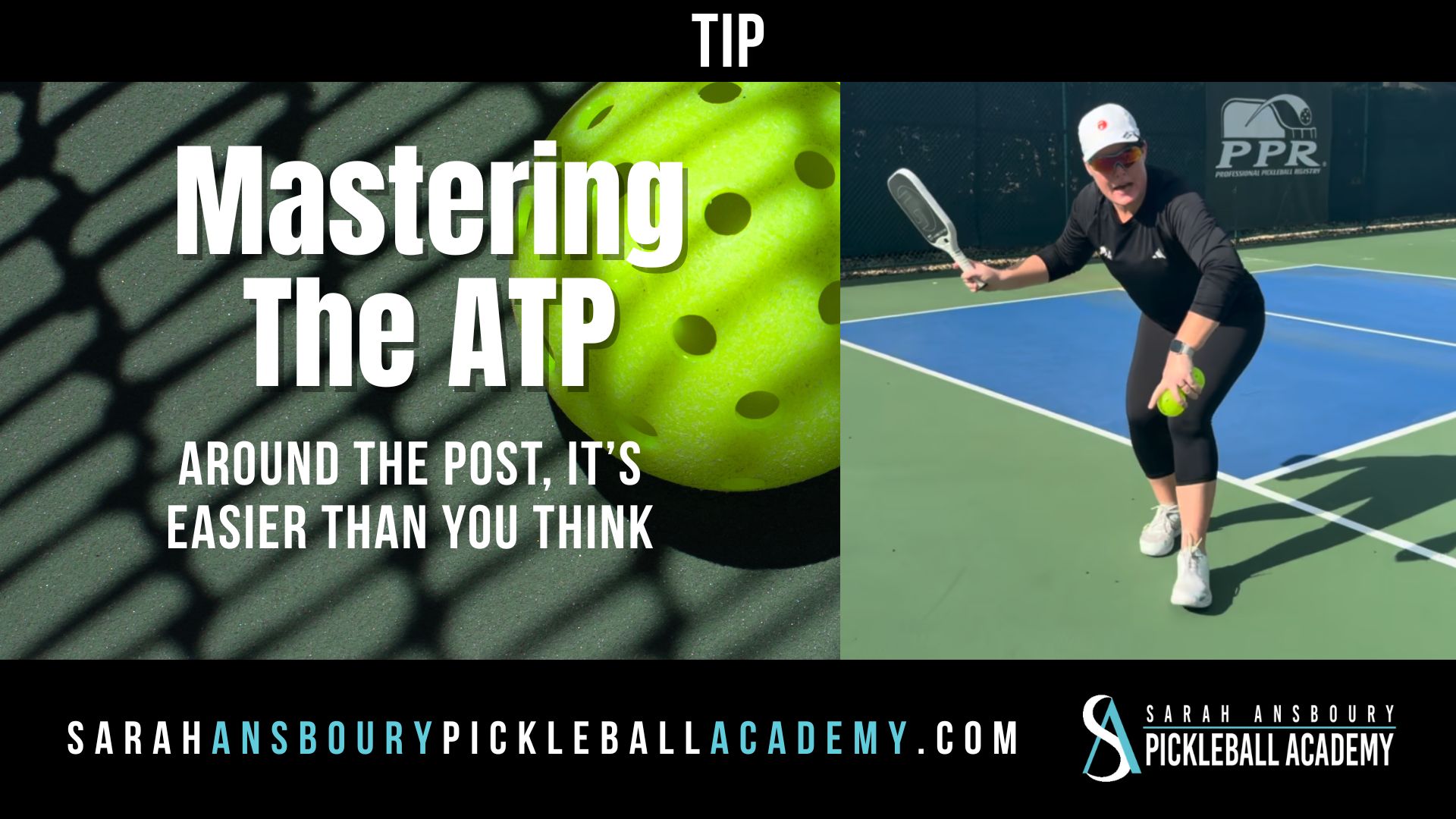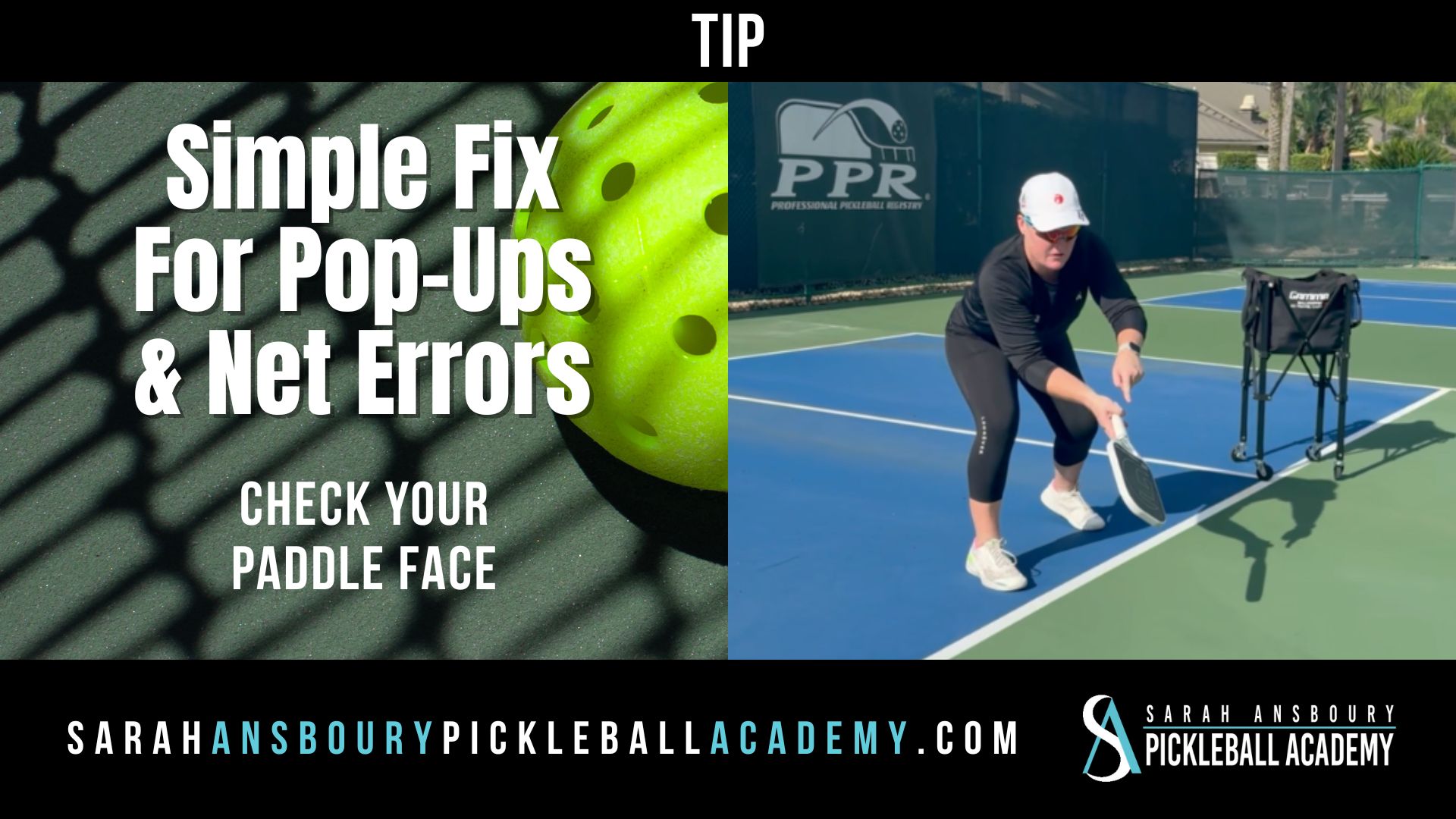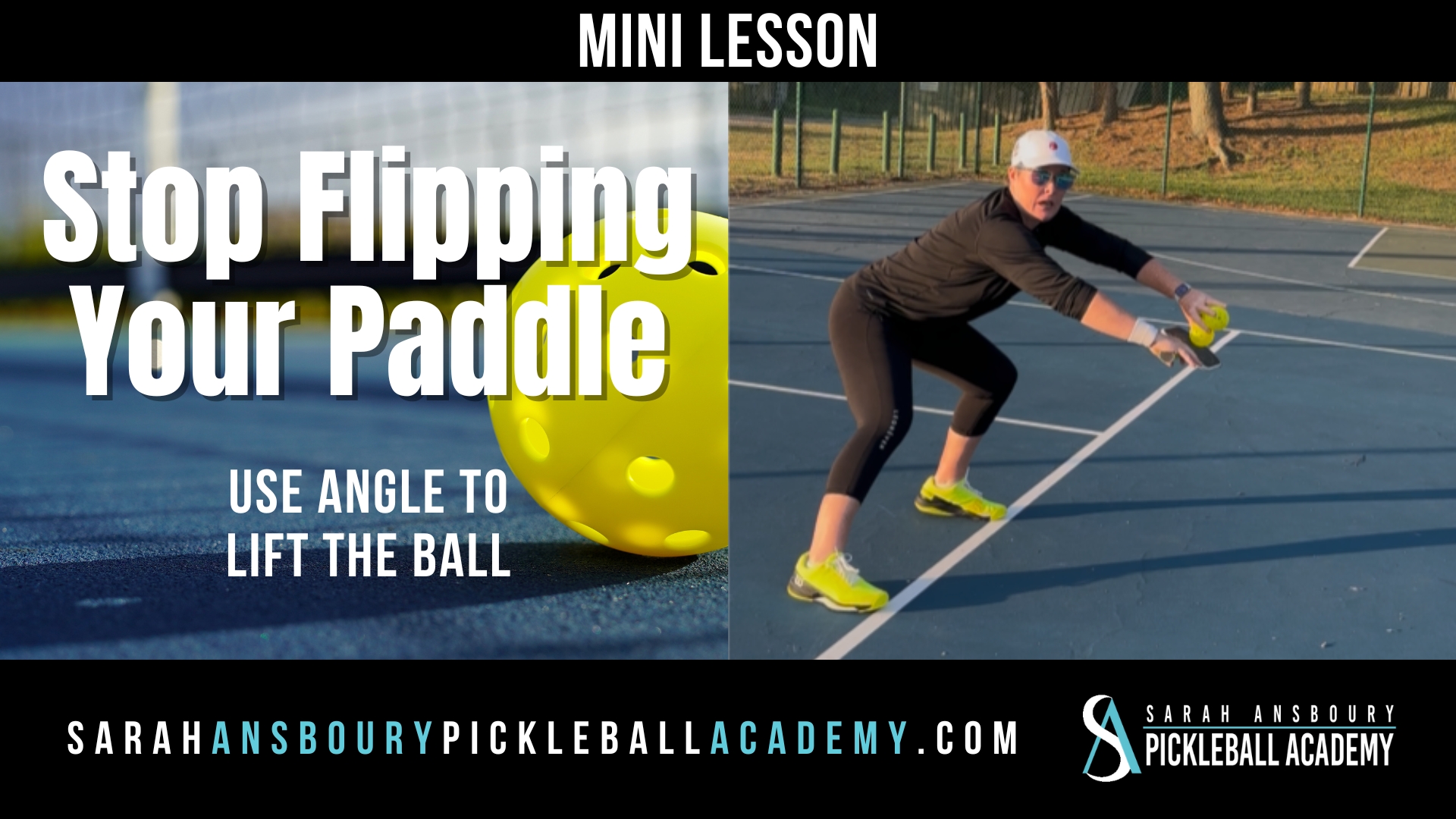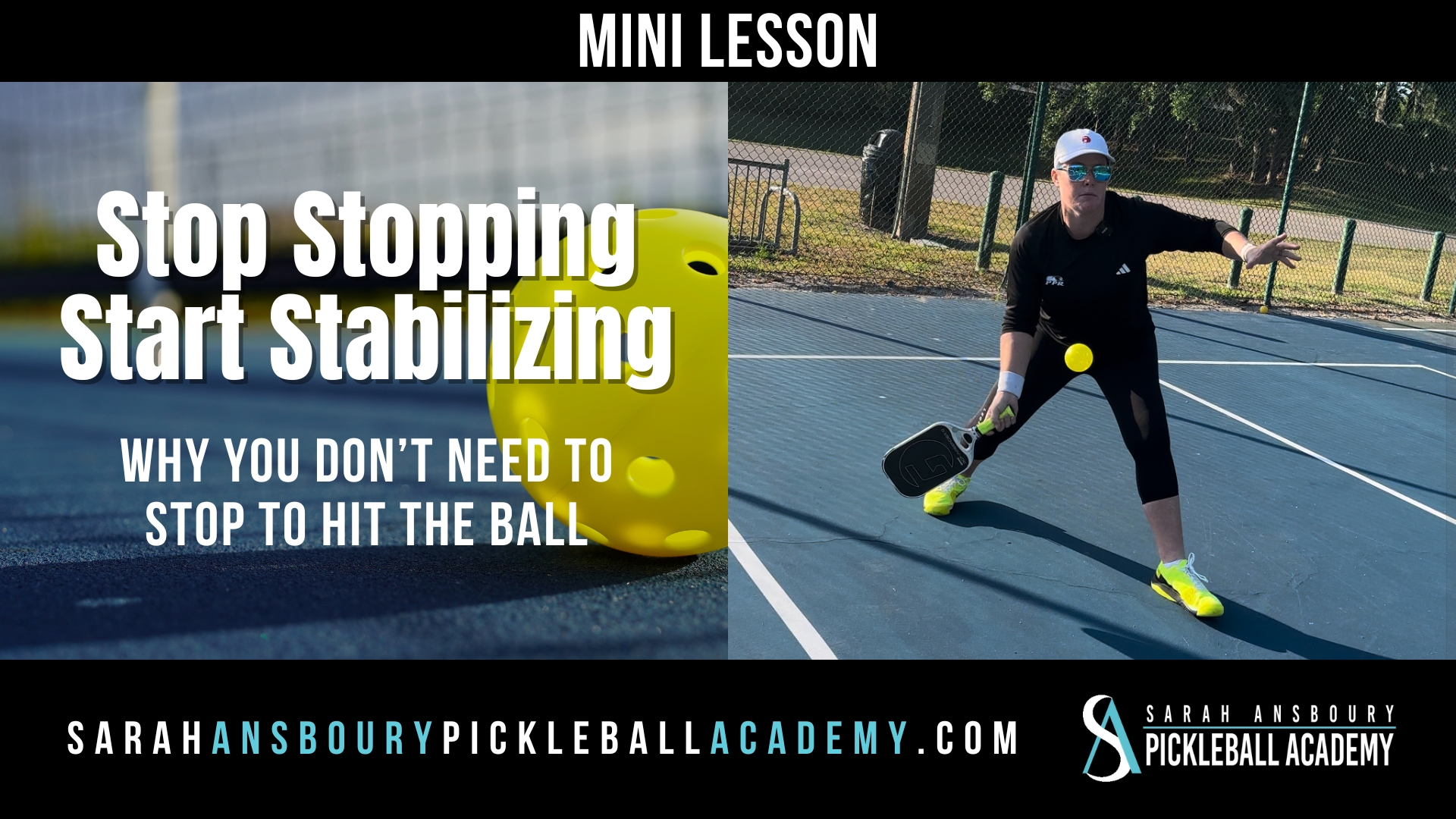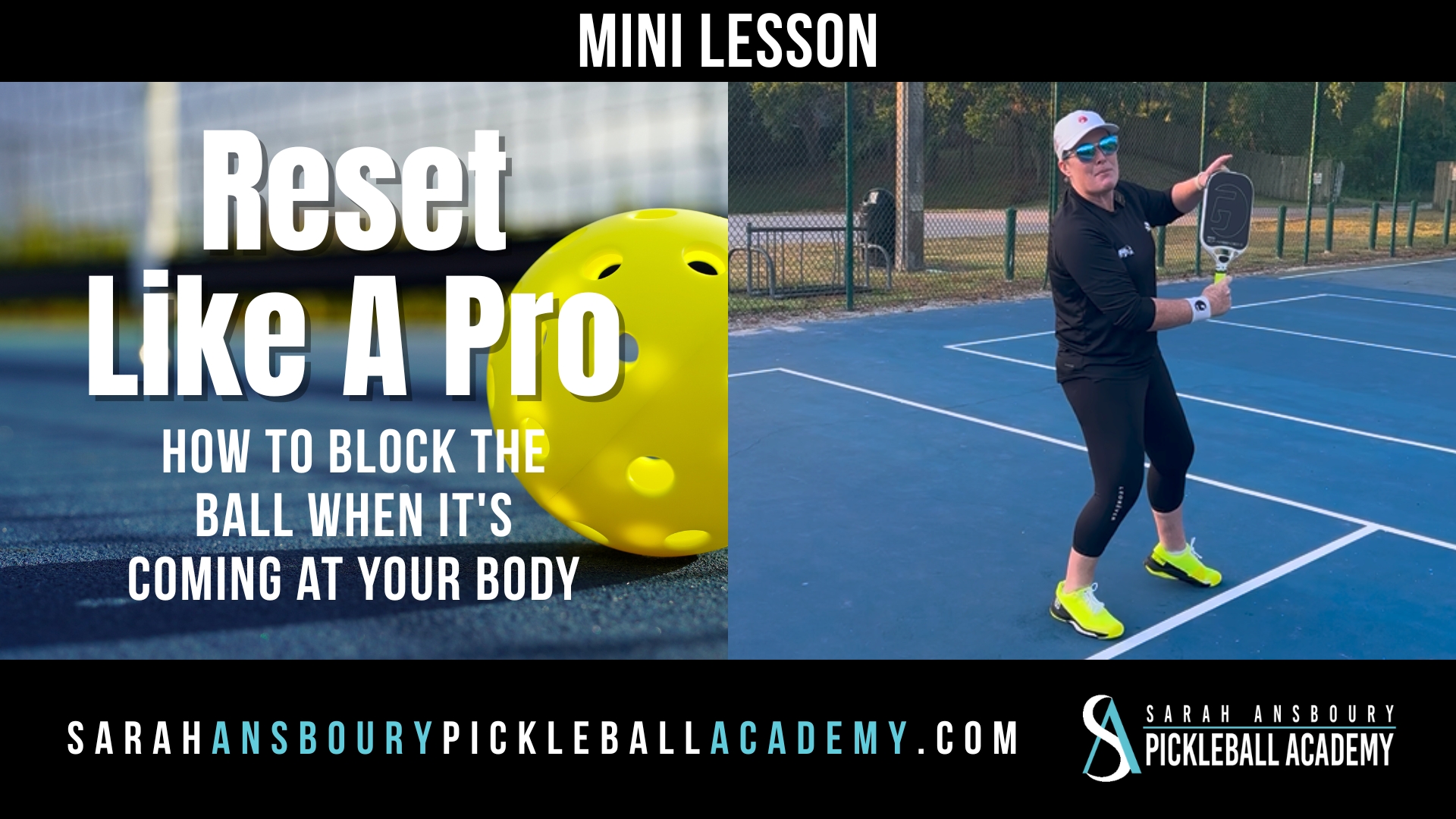Especially if you didn’t come from a racquet sport
If you’re struggling to generate power on your drives, especially if you didn’t grow up playing tennis or another racquet sport, you’re not alone. The good news? It doesn’t have to be complicated. Power is simple when you understand where it actually comes from.
Power Starts in the Legs
Let’s get this straight—power comes from your legs, not your arms. When your lower body engages, it creates the spacing and energy you need to drive through the ball. Without that, you’re just muscling the shot, and that’s never going to be consistent or efficient.
Simple Drill: Self-Feed with Weight Transfer
One of my favorite drills to feel this connection is a self-feed exercise. Here’s how to do it:
- Start with your outside foot back (for righties, that’s your right foot).
- As you drop the ball, your weight begins transferring from your back foot to your front foot.
- Think of it as a count:
- One: Set with the outside foot.
- Two: Drop and prepare.
- Three: Swing through as your weight shifts forward.
That weight shift is key—it naturally brings your body and paddle forward, helping you finish through your shot. You’re not swinging with your arm; you’re driving through with your legs.
Keep Moving Forward
I come from a tennis background, and this drive motion is more like an approach shot than a groundstroke. You don’t want to fully turn and rotate away from the ball. Instead, think forward motion.
Your toes and shoulders should be aiming where you want the ball to go.
Too many players over-rotate, thinking they need a big backswing for more power. But that’s a myth. A bigger backswing doesn’t give you more—it just creates more room for error. Instead, focus on:
- Leg drive
- Proper spacing
- Relaxed wrist prep
- Forward finish toward your target
Target Focus & Follow Through
When I do this drill, I like to stand near the sideline and aim for a spot cross-court. This setup naturally opens my shoulders to the target and helps generate that forward follow through.
Notice, I’m not trying to whip or overdo the motion—just swinging fast, not hard. That forward drive comes from the legs, and the paddle simply follows that energy.
Bonus Tip: Breathe
One last thing—exhale as you swing. It helps release tension and keeps your swing smooth and connected.
Power doesn’t come from more effort in your arms—it comes from using the ground. Connect to the legs, swing fast, and let the paddle do the work.
Want to dive deeper? Inside the Sarah Ansboury Pickleball Academy, we break down drills like this step-by-step so you can build reliable power, no matter your background.

